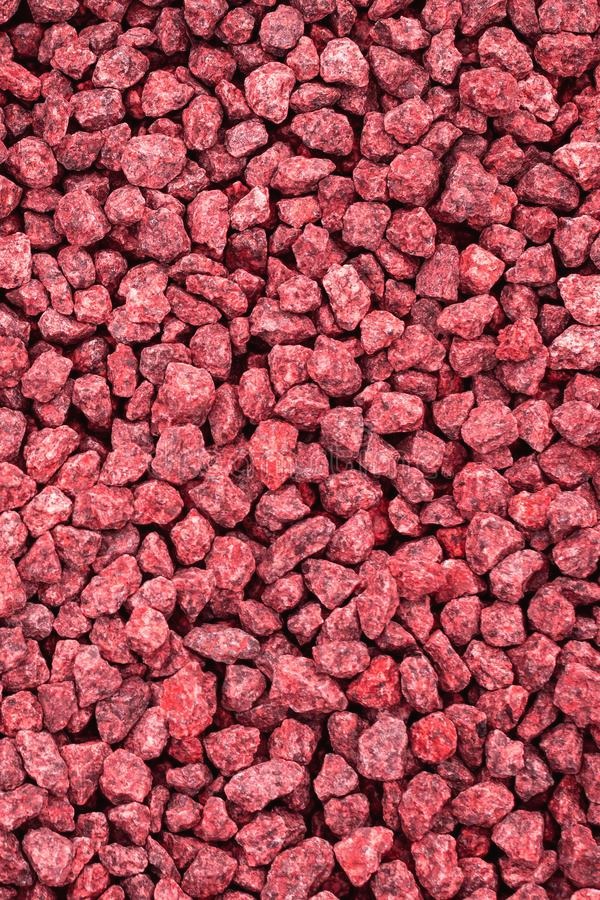티스토리 뷰
This post explains my understanding on Aperture Problem in Optical Flow and Lukas-Kanade method which is one of approaches to solve the problem.
First, Optical Flow is a one way to estimate motion flow by analyzing pixel images of continous frames. Assuming Bright Constancy which leads to Gradient Constancy, one can define a line in the (u, v) space where u, v stand for dx / dt , dy / dt. But we should solve exact (u,v) the motion vector for each pixel, not a line.

The line implies the Apeture Problem which means multiple motion vectors can be an answer to our equation. (Gradient Constancy). So we need regularizer. Before going on, you must understand Aperture Problem is that each motion sensor or directional selectivity (DS) neuron in the visual system is sensitive or responsive only to events that take place within the small part of its own receptive field. https://stoomey.wordpress.com/2008/04/18/20/ In this case, I think "motion sensor" is the Gradient Constancy equation which look on its pixel value only.


Therefore to solve Aperture Problem in Optical flow you can add regularizer factor as below, or

Assume constant optical flow for neighborhood pixels and get multiple Gradient Constancy equations. And solve least square problem which is quite intuitive overall.

'Research (연구 관련)' 카테고리의 다른 글
| Generative Models (0) | 2019.07.26 |
|---|---|
| 초고속 광대역 통신 (Bandwidth & Latency) (0) | 2019.06.24 |
| Install cmake (0) | 2019.06.01 |
| sudo w (0) | 2019.06.01 |
| Binocular Disparity (0) | 2019.05.27 |
- Total
- Today
- Yesterday
- Docker
- 에디톨로지
- Virtual Camera
- nerf
- 헬스
- 비전
- densepose
- Interview
- 문경식
- Transformation
- Machine Learning
- pyrender
- Pose2Mesh
- nohup
- world coordinate
- part segmentation
- 피트니스
- deep learning
- VAE
- 인터뷰
- focal length
- camera coordinate
- spin
- 컴퓨터비젼
- 2d pose
- 컴퓨터비전
- 머신러닝
- pytorch
- demo
- Generative model
| 일 | 월 | 화 | 수 | 목 | 금 | 토 |
|---|---|---|---|---|---|---|
| 1 | 2 | 3 | 4 | 5 | 6 | 7 |
| 8 | 9 | 10 | 11 | 12 | 13 | 14 |
| 15 | 16 | 17 | 18 | 19 | 20 | 21 |
| 22 | 23 | 24 | 25 | 26 | 27 | 28 |
| 29 | 30 |
